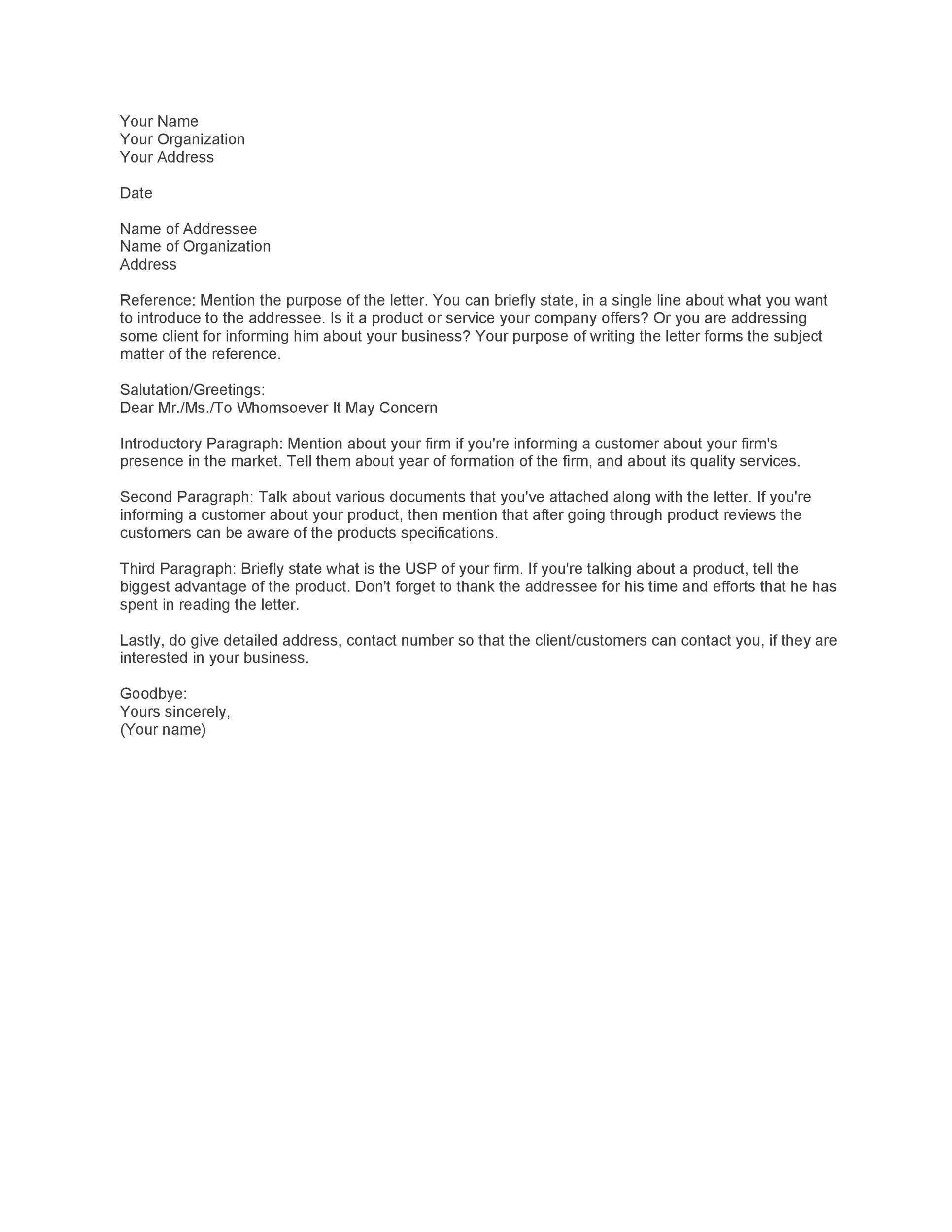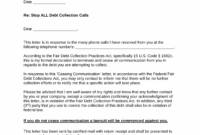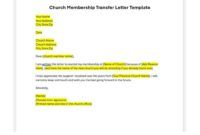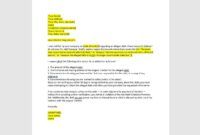Making a great first impression is absolutely crucial in the business world, and it is even more so when you are trying to connect with a potential partner or client for the first time. Think of it as opening a door to a new opportunity; how you knock and what you say when they answer can make all the difference. A well-crafted introduction letter is your handshake in written form, a polite and professional way to begin a potentially fruitful relationship.
This isn’t just about sending an email; it is about strategic communication that sets the stage for future interactions. Whether you are looking to collaborate, pitch a service, or explore new markets, having a solid foundation for your initial outreach is essential. That is precisely why understanding the components of an effective business to business introduction letter template is invaluable for any growing enterprise.
Crafting Your Initial Outreach: Key Elements of an Effective B2B Introduction
When you are reaching out to another business, your introduction letter isn’t merely a formality; it is a strategic tool designed to capture attention, convey your purpose, and open a dialogue. This isn’t the time for a generic, one-size-fits-all message. Instead, each letter should reflect careful thought and an understanding of the recipient’s business, showing them that you’ve done your homework and genuinely believe there’s a valuable connection to be made. It’s about demonstrating respect for their time and interest in their operations from the very beginning.
Before you even start writing, take a moment to research the company you’re addressing. Understand their mission, their recent achievements, and perhaps even their challenges. This preliminary step allows you to tailor your message, making it resonate more deeply with the recipient and immediately standing out from a sea of generic pitches. A personalized approach makes the letter feel less like a sales pitch and more like a genuine attempt at partnership or mutual benefit.
Your letter should flow logically, guiding the reader from who you are to why you are reaching out and what you hope to achieve. Every sentence should have a purpose, moving them closer to understanding the value you bring to the table. Clarity and conciseness are paramount, as busy professionals appreciate direct and unambiguous communication.

Essential Components to Include
- A clear and compelling subject line that encourages opening the email.
- A personalized salutation addressing the recipient by name.
- A brief, engaging introduction of your company and what you do.
- A clear statement of your purpose for writing and the value proposition.
- A concise call to action outlining the next desired step.
- A professional closing that includes your contact information.
Each of these components plays a vital role in the letter’s success. For instance, a strong subject line is your first opportunity to make an impression and get your letter opened. The body of the letter then needs to quickly establish common ground or mutual interest, explaining not just what you offer, but how it specifically benefits them. By focusing on their needs and interests, you transform the letter from a simple introduction into a compelling proposal for a future conversation.
Practical Tips for a Standout Business to Business Introduction Letter
Beyond the structural elements, making your business to business introduction letter truly stand out requires a bit more finesse. It’s about infusing your message with a genuine tone and ensuring every word contributes to its effectiveness. A letter that feels authentic and respectful is far more likely to elicit a positive response than one that reads like a bland corporate boilerplate. Remember, you’re not just sending information; you’re initiating a relationship.
One key aspect is to keep your language benefit-oriented. Instead of just listing features of your product or service, explain how those features translate into tangible advantages for the other business. Will it save them time, reduce costs, increase efficiency, or open up new revenue streams? Articulating these benefits clearly and concisely will capture their interest much more effectively than a mere description of what you do.
Moreover, conciseness is a virtue in business communication. Respect the recipient’s time by getting straight to the point without unnecessary fluff or jargon. A well-written, short letter is often more impactful than a lengthy one that meanders. Every word should add value and move the conversation forward, encouraging them to take the next step.
Here are some additional tips to ensure your introduction letter leaves a lasting positive impression:
- Proofread meticulously for any typos or grammatical errors.
- Maintain a professional yet approachable tone throughout.
- Ensure your contact information is easy to find and accurate.
- Consider adding a relevant, brief case study or testimonial if appropriate.
- Be clear about what you are asking for – a meeting, a call, or more information.
Finally, always remember that an introduction letter is often just the first step in a longer engagement. Your goal is to spark interest and open the door for a follow-up conversation. Therefore, your letter should always suggest a clear, easy next step, making it simple for the recipient to respond and continue the dialogue. By combining a well-structured approach with genuine human connection, your business to business introduction letter template will become a powerful tool for forging new partnerships and expanding your network.
Mastering the art of the introduction letter is a valuable skill that can significantly impact your business development efforts. By carefully considering your audience, clearly articulating your value, and maintaining a professional yet inviting tone, you set the stage for successful partnerships. The guidance and framework provided here serve as a solid foundation, allowing you to craft messages that truly resonate and open doors to exciting new collaborations.
Embrace the power of a well-composed introduction to foster new connections and propel your business forward. Each carefully written letter holds the potential for growth and mutual success, making it a cornerstone of effective business communication.



